Ideas for growing cucumbers
Written by Joy
Oct 16 2020

As long as you successfully grow cucumbers seedlings in the garden, cucumber can become a low-input and high-yield vegetable. As a vegetable, the cucumber plant is rich in vitamins, such as vitamin C. It can improve human immunity, and its antioxidant effect can play an anti-tumor effect. Cucumber is rich in vitamin E, which can prolong life. At the same time, cucumber can replace other fruits, it is also a good choice for people with diabetes.
Generally, cucumis sativus should be planted in April or May, depending on where you live and when the weather starts to heat up. A more definite way to decide is to pay attention to the date of the final cream. To be safe, gardeners should wait at least two weeks after the final frost to sow.
The temperature of the soil cannot be lower than 65 degrees Fahrenheit (18.3 degrees Celsius). Gardeners should be aware that the soil temperature of cucumber seedlings may be slightly lower than the air temperature.
Cucumber seedlings can make full use of photosynthesis, and sunlight is one of the important nutrition sources of cucumber.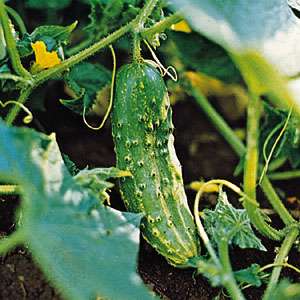 Sunlight is also important for temperature management. Stable sunlight means that the temperature of the soil continues to rise, which is a necessary condition for cucumbers seed germination.
Sunlight is also important for temperature management. Stable sunlight means that the temperature of the soil continues to rise, which is a necessary condition for cucumbers seed germination.
For best results, you can of course pull the weeds by hand and pull out as many roots as possible. If you leave the grass roots, it is very likely that the same weeds will continue to grow.
Experts recommend avoiding the use of herbicides. Chemical reagents and organic herbicides may make the soil unsuitable for cucumbers plant growth, just like weeds, it is also unfavorable for the growth of cucumber seedlings.
You could rake the ground with a shovel or small rake before applying fertilizer. By loosening the soil, you can create good rooting conditions for your cucumber seedlings and make these additives more thoroughly blend into the soil.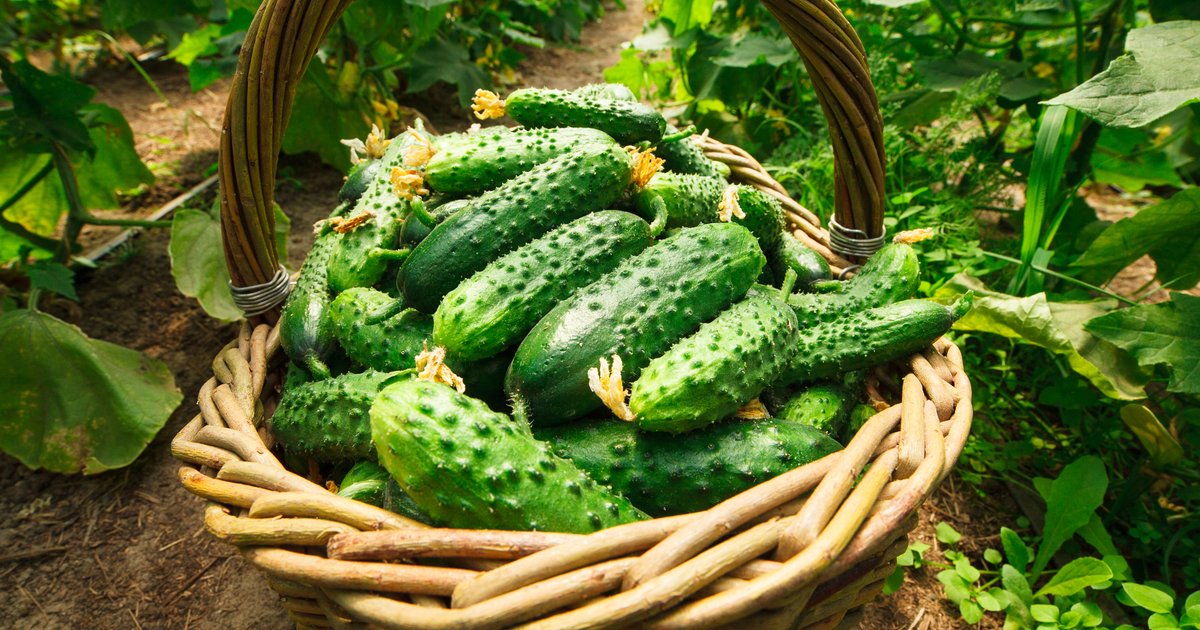 Fertile or longer manure is the most natural fertilizer for cucumber seedlings. You'd better mix them into the soil to a depth of about 5 cm, and then gradually infiltrate them to 15-20 cm.
Fertile or longer manure is the most natural fertilizer for cucumber seedlings. You'd better mix them into the soil to a depth of about 5 cm, and then gradually infiltrate them to 15-20 cm.
If you use inorganic fertilizers, please choose slow-release granular fertilizers, and the selected dosage should follow the instructions on the label.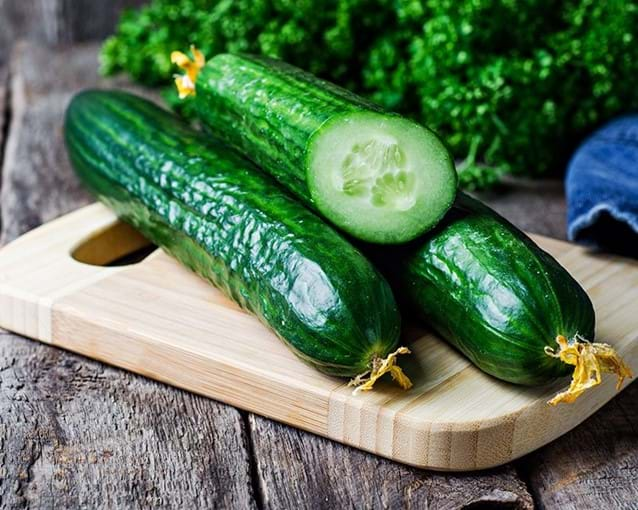 It's a good choice to use a pH tester to test the pH of the soil. This kind of device can be purchased at garden supply centers or hardware stores.
It's a good choice to use a pH tester to test the pH of the soil. This kind of device can be purchased at garden supply centers or hardware stores.
If you want to increase the pH of the soil, you could add agricultural lime.
If you want to lower the pH of the soil, adding sulfur or alum is proper.
The ideal soil for growing cucumber plants is loose, well-lit, soil with a little sand, which can warm faster and maintain temperature more easily.
It's necessary to improve the clay soil by adding organic materials, and add peat or decaying fertilizer to improve dense heavy soil.
Climbing vines raw cucumber varieties include burpless, marketmore 76 and straight 8.
Raw cucumber varieties for bushes include bush crop, fanfare and salad bush.
Pickled products include shrub pickles and Carolina, the latter should be considered vines.
Only transplant cucumbers when necessary. If you want to plant cucumbers before the planting season, you can do so, but only if you have to plant them indoors and be very careful when transplanting.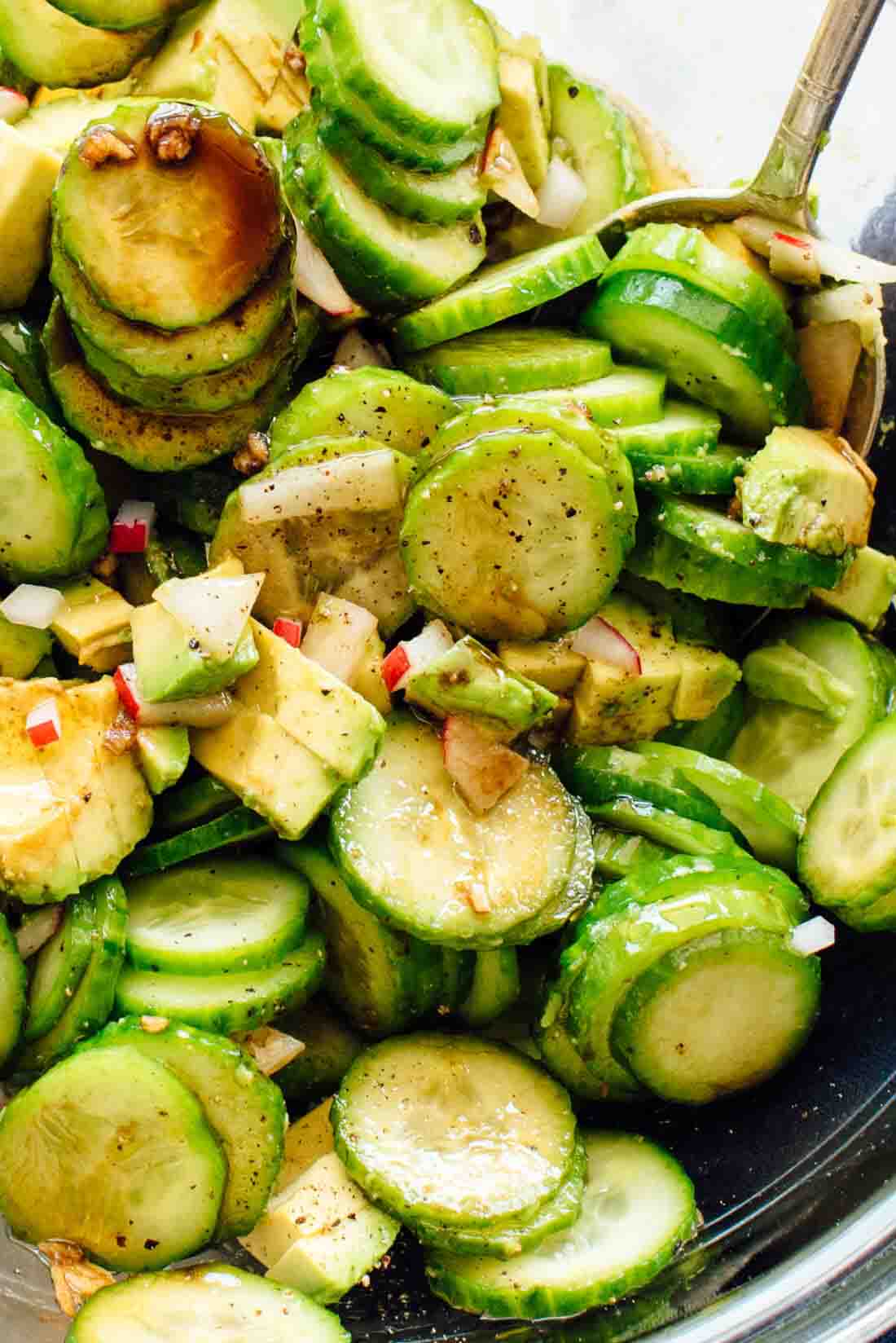 You could sow them on a hot pad indoors or in a small pot under the sun. The cucumber seedlings can only be transplanted after four weeks.
You could sow them on a hot pad indoors or in a small pot under the sun. The cucumber seedlings can only be transplanted after four weeks.
When transplanting cucumber seedlings, you'd better remove the entire structure from the starting pot, including the soil. When you transplant, the soil protects the fragile rhizomes of cucumber plants. If you plan to transplant a cucumber planted with bare roots, it will definitely not survive.
Adequate moisture is particularly important during the growth stage of cucumber plants. In any case, watering before planting reduces the risk of water washing away the cucumber seeds.
If the soil is very dry, you could use a kettle or hose to pour about 2.5 cm of water for each piece of soil.
Whether you are planting seeds or seedlings, the cucumber plant spacing should be maintained at 45.7-91.4cm, and the plant spacing between shrub species can be closer than that of climbing vines.
In addition, you can control the distance between the cucumber seeds to 15.2-25.4 cm, and then pull out the thin cucumber seedlings when they grow to a height of about 10 cm. At that time, pulling out the thin cucumber seedlings can enlarge the cucumber plant spacing to 45.7cm.
Cucumbers grow horizontally, but planting them vertically allows them to get more airflow and sunlight, which can increase your harvest.
You can use cage-shaped trellises, fences, or any vertical structure to make cucumber seedlings climb onto the trellis. When the cucumber seedlings grow bigger and bigger, gently wrap the vines on the trellis.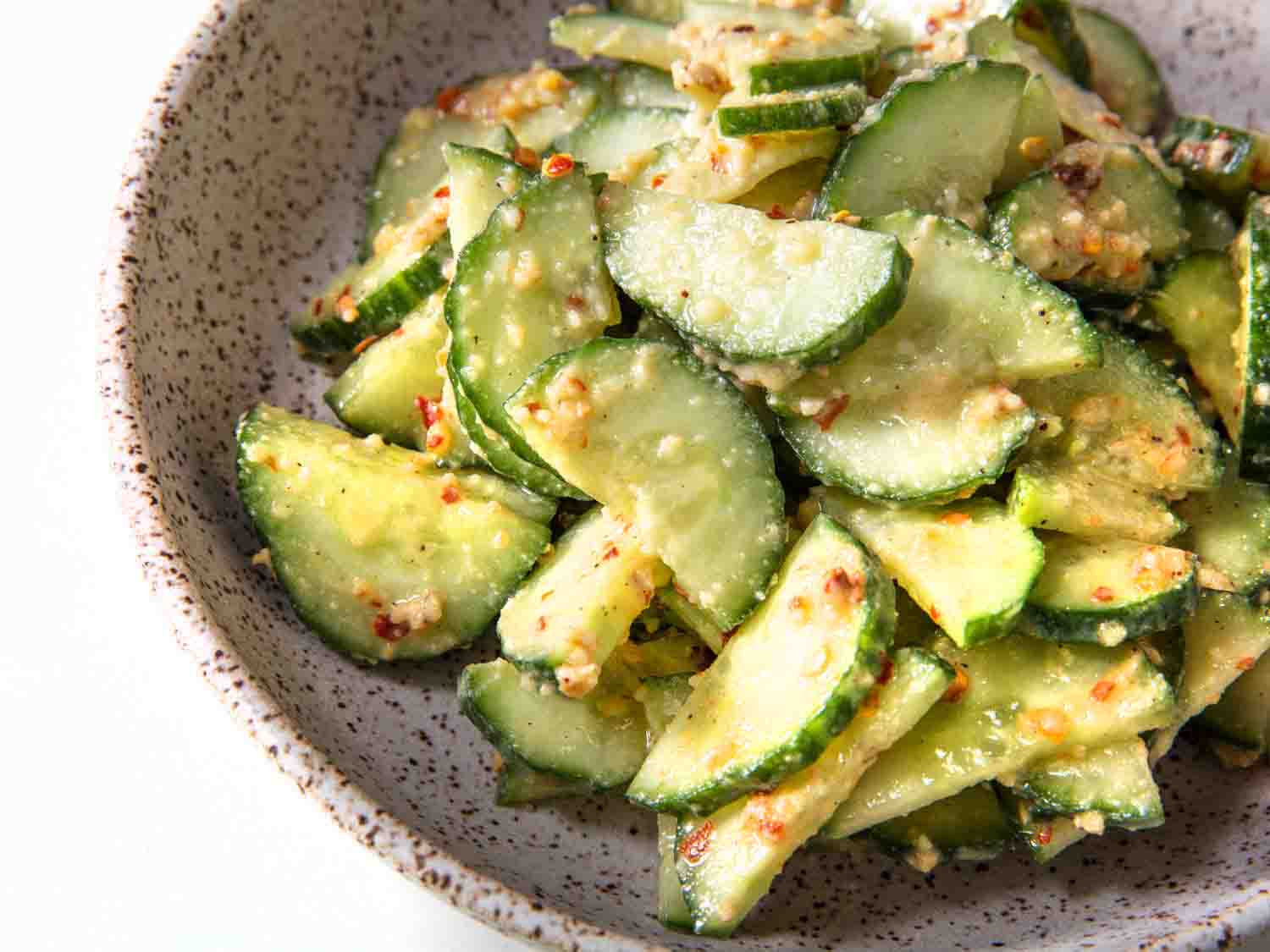 Organic films, such as straw and wood chips, must be used after the plants have fully germinated and the ground has sufficiently warmed up. But the plastic film can be used immediately after you plant the seeds.
Organic films, such as straw and wood chips, must be used after the plants have fully germinated and the ground has sufficiently warmed up. But the plastic film can be used immediately after you plant the seeds.
Dark mulch is particularly effective in maintaining soil temperature and humidity.
You'd better use a water hose or watering can at least once a week. Each watering must ensure a depth of at least 2.5cm. Or, it's a good choice to install a drip irrigation system to regulate the water flow. This is particularly beneficial because it can keep plants dry, thereby suppressing the risk of fungal diseases.
Gardeners should be aware that once cucumber fruits have grown, adequate moisture is particularly important.
If you did not sprinkle granular fertilizer when turning the soil, you should use liquid fertilizer directly within two weeks. You'd better not let Promise Fertilizer stick to the leaves and fruits of plants.
If you have fertilized before planting cucumbers, you should fertilize again once the sprouts of rattan and flowers appear. If you like organic fertilizer, you can use compost or farmyard manure.
If the branches and leaves of cucumber turn yellow, you need to apply high nitrogen fertilizer.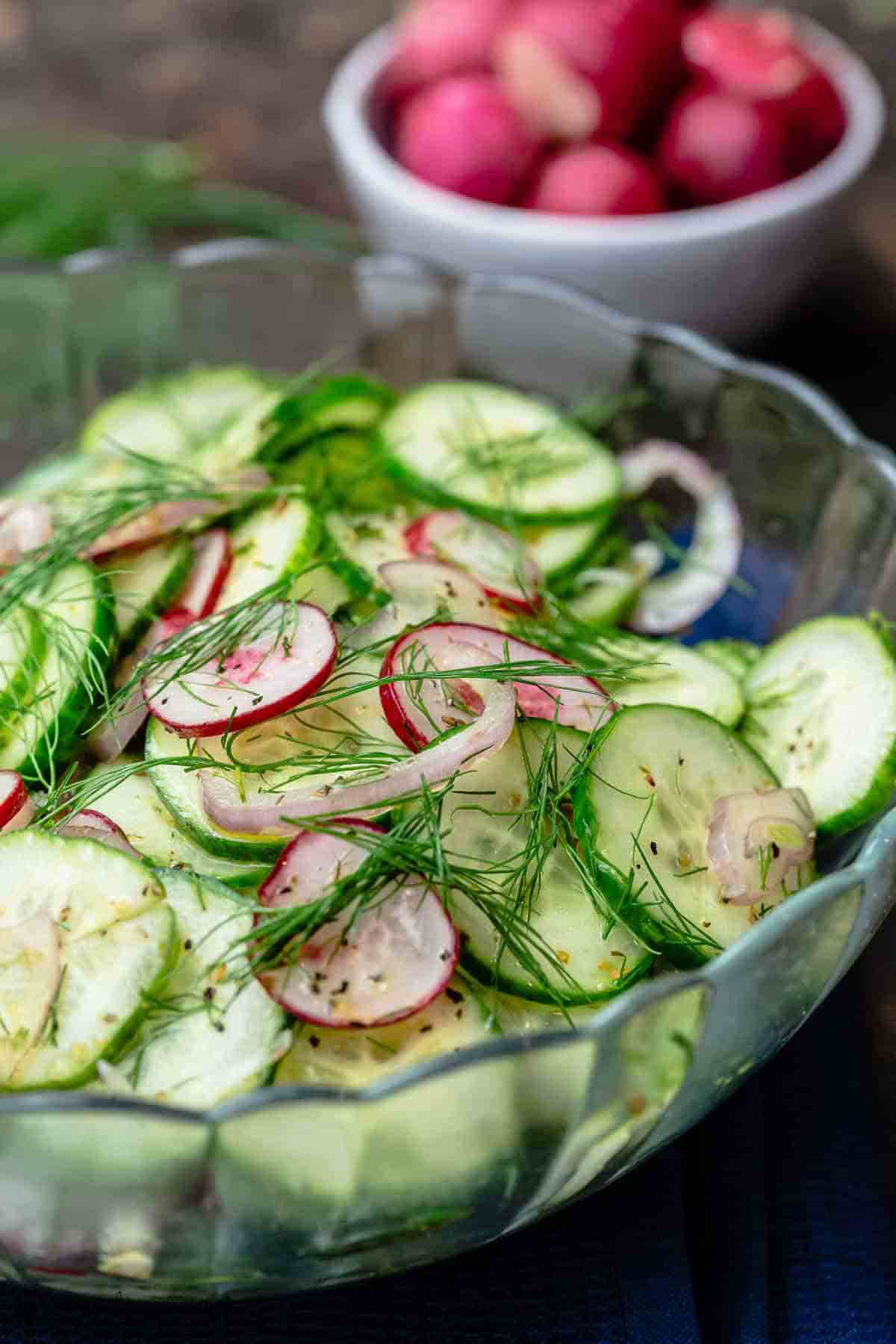 In order to effectively prevent the entry of small animals like rabbits and chipmunks, you should use a fine mesh.
In order to effectively prevent the entry of small animals like rabbits and chipmunks, you should use a fine mesh.
Nets are especially important in the early stages, because animals will dig out plant seeds or sprouts from the soil, so at this stage, you should also use a small basket to cover the cucumber seeds.
Note that once cucumis sativus grows too tall or too large to cover, you need to remove the net.
Common pests include:
Cucumber Leaf Beetle
Whitefly
aphid
Starscream
Common diseases include:
Bacterial wilt
Mosaic virus
anthrax
Downy mildew
powdery mildew
Scab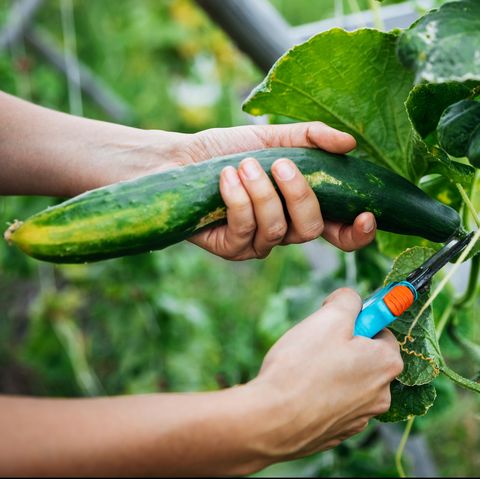 Pickled cucumbers should be picked when they are about 5cm in length. Dill is picked at 10-15.24cm.
Pickled cucumbers should be picked when they are about 5cm in length. Dill is picked at 10-15.24cm.
Cucumbers that are too large or yellow will become astringent. So don't wait until the cucumbers on the trellis turn yellow before picking them.
During the peak picking period, you need to pick cucumbers every few days.
Small trowel
Acid-base balancer (agricultural lime, sulfur)
Acid-base tester
Cucumber seeds
Garden watering hose or watering can
Scaffold
Insecticides and herbicides (as required)
Cover
Net
Ready to work
It's a good choice to wait for the soil to heat up. Cucumber seedlings are very sensitive to low temperatures, and even a thin layer of frost can kill them. This is especially true when plants are in their most vulnerable stage.Generally, cucumis sativus should be planted in April or May, depending on where you live and when the weather starts to heat up. A more definite way to decide is to pay attention to the date of the final cream. To be safe, gardeners should wait at least two weeks after the final frost to sow.
The temperature of the soil cannot be lower than 65 degrees Fahrenheit (18.3 degrees Celsius). Gardeners should be aware that the soil temperature of cucumber seedlings may be slightly lower than the air temperature.
Choose a well-lit location
Cucumber seedlings can grow best if they can give cucumis sativus enough sunlight throughout the growing period.Cucumber seedlings can make full use of photosynthesis, and sunlight is one of the important nutrition sources of cucumber.

Weeding
Please get rid of the weeds in your garden before you plant cucumber seedlings. In addition to hindering the viewing of these weeds, they will also take away the limited valuable nutrients of the plants you grow.For best results, you can of course pull the weeds by hand and pull out as many roots as possible. If you leave the grass roots, it is very likely that the same weeds will continue to grow.
Experts recommend avoiding the use of herbicides. Chemical reagents and organic herbicides may make the soil unsuitable for cucumbers plant growth, just like weeds, it is also unfavorable for the growth of cucumber seedlings.
Fertilize the soil
Before you plant cucumber seedlings, sow your garden with granular fertilizer to improve the quality of the soil overall.You could rake the ground with a shovel or small rake before applying fertilizer. By loosening the soil, you can create good rooting conditions for your cucumber seedlings and make these additives more thoroughly blend into the soil.

If you use inorganic fertilizers, please choose slow-release granular fertilizers, and the selected dosage should follow the instructions on the label.
Balance the pH of the soil
Ideally, the pH of the soil should be between neutral and slightly alkaline, so the pH should be as close to 7 as possible.
If you want to increase the pH of the soil, you could add agricultural lime.
If you want to lower the pH of the soil, adding sulfur or alum is proper.
Improve cucumber soil quality
If the cucumbers soil is too thick or too sandy, cucumber seedlings will fight at the roots, and eventually either cannot survive or produce very little, and they can hardly grow any edible cucumis sativus at maturity.The ideal soil for growing cucumber plants is loose, well-lit, soil with a little sand, which can warm faster and maintain temperature more easily.
It's necessary to improve the clay soil by adding organic materials, and add peat or decaying fertilizer to improve dense heavy soil.
Grow cucumbers
Experts recommend choosing the best cucumber varieties. Generally speaking, cucumbers have varieties of climbing cucumber and shrub cucumber. The former is more common, but if you have limited planting space, bush cucumbers are easier to control. Of course, there are also varieties of cucumbers used for raw food and pickling. If you plan to eat cucumbers as soon as they are ripe, you could choose the former. But if you want to pickle, choose bush cucumbers.Climbing vines raw cucumber varieties include burpless, marketmore 76 and straight 8.
Raw cucumber varieties for bushes include bush crop, fanfare and salad bush.
Pickled products include shrub pickles and Carolina, the latter should be considered vines.
Start from cucumbers seed
The roots of cucumber seedlings are very fragile, so planting cucumbers directly in the garden is preferable to transplanting.Only transplant cucumbers when necessary. If you want to plant cucumbers before the planting season, you can do so, but only if you have to plant them indoors and be very careful when transplanting.

When transplanting cucumber seedlings, you'd better remove the entire structure from the starting pot, including the soil. When you transplant, the soil protects the fragile rhizomes of cucumber plants. If you plan to transplant a cucumber planted with bare roots, it will definitely not survive.
Wet soil
If the soil is very dry, you'd better pour some water with a kettle before you sow.Adequate moisture is particularly important during the growth stage of cucumber plants. In any case, watering before planting reduces the risk of water washing away the cucumber seeds.
If the soil is very dry, you could use a kettle or hose to pour about 2.5 cm of water for each piece of soil.
Push the cucumber seeds gently into the soil
You should gently push one or two grains to a depth of about 1-2.5cm on the surface of the soil.Whether you are planting seeds or seedlings, the cucumber plant spacing should be maintained at 45.7-91.4cm, and the plant spacing between shrub species can be closer than that of climbing vines.
In addition, you can control the distance between the cucumber seeds to 15.2-25.4 cm, and then pull out the thin cucumber seedlings when they grow to a height of about 10 cm. At that time, pulling out the thin cucumber seedlings can enlarge the cucumber plant spacing to 45.7cm.
Prepare a scaffold
Most cucumbers belong to the climbing vine species and need some vertical supports during the growth period. Having the scaffold ready after sowing the cucumber seeds can save you a lot of trouble in the future.Cucumbers grow horizontally, but planting them vertically allows them to get more airflow and sunlight, which can increase your harvest.
You can use cage-shaped trellises, fences, or any vertical structure to make cucumber seedlings climb onto the trellis. When the cucumber seedlings grow bigger and bigger, gently wrap the vines on the trellis.
Care and harvest stage
Once the cucumber seedlings have sprouted, they need to be covered with mulch. Covering with mulch can keep the quality of the soil for cucumber seedlings and maintain the soil temperature while inhibiting the growth of weeds lacking nutrients.
Dark mulch is particularly effective in maintaining soil temperature and humidity.
Water cucumber regularly
Cucumbers need a lot of water throughout their life cycle.You'd better use a water hose or watering can at least once a week. Each watering must ensure a depth of at least 2.5cm. Or, it's a good choice to install a drip irrigation system to regulate the water flow. This is particularly beneficial because it can keep plants dry, thereby suppressing the risk of fungal diseases.
Gardeners should be aware that once cucumber fruits have grown, adequate moisture is particularly important.
Fertilize every two weeks or so
It's necessary to use liquid fertilizer every two weeks to give your hungry cucumis sativus good soil quality.If you did not sprinkle granular fertilizer when turning the soil, you should use liquid fertilizer directly within two weeks. You'd better not let Promise Fertilizer stick to the leaves and fruits of plants.
If you have fertilized before planting cucumbers, you should fertilize again once the sprouts of rattan and flowers appear. If you like organic fertilizer, you can use compost or farmyard manure.
If the branches and leaves of cucumber turn yellow, you need to apply high nitrogen fertilizer.
Use nets to protect plants
In addition to you want to enjoy these family-produced cucumbers, wild animals living near you may also be interested in these cucumbers. Nets and fences can avoid many problems caused by large insects.
Nets are especially important in the early stages, because animals will dig out plant seeds or sprouts from the soil, so at this stage, you should also use a small basket to cover the cucumber seeds.
Note that once cucumis sativus grows too tall or too large to cover, you need to remove the net.
Beware of pests and diseases
For insects, fungi, small pests and diseases, you may need to use some organic insecticides or fungicides.Common pests include:
Cucumber Leaf Beetle
Whitefly
aphid
Starscream
Common diseases include:
Bacterial wilt
Mosaic virus
anthrax
Downy mildew
powdery mildew
Scab
Picking at the beginning of the cucumber fruit
The sliced cucumber varieties should grow from 15.24cm to 20.32cm long. When picking cucumbers, you don't need to use scissors, you can pick them off only by rotating the stem.
Cucumbers that are too large or yellow will become astringent. So don't wait until the cucumbers on the trellis turn yellow before picking them.
During the peak picking period, you need to pick cucumbers every few days.
You need to prepare
FertilizerSmall trowel
Acid-base balancer (agricultural lime, sulfur)
Acid-base tester
Cucumber seeds
Garden watering hose or watering can
Scaffold
Insecticides and herbicides (as required)
Cover
Net
Hints
If you do all the above things but still want to get a greater yield of cucumbers, you need to attract more bees to pollinate your cucumbers. You'd better try to sprinkle some sugar water on the cucumbers vine to attract bees.Latest Updated
- Benefits of Bugleweed - 7 Science-backed Health Benefits
- Bugleweed Dangers & Side Effects - Is It Poisonous?
- How to Plant Evergreen Trees - What You Should Know
- When to Plant Evergreens - Grow Guide for Evergreen Trees
- 12 Wonderful Evergreen Shrubs for Your Garden
- 12 Popular Evergreen Plants with Pictures for Beginners
- When And How To Prune A Lilac Bush Like a Pro
- How to Grow & Care for Lilac Vine (Hardenbergia Violacea)
- Japanese Lilac Tree (Syringa Reticulata) Care & Propagation Guide
- Shumard Oak Pros and Cons - What to Know
Popular Articles
- Winter maintenance of Antirrhinum Majus
- How to Grow Terminalia Mantaly Tree
- How to Grow and Care for Crossostephium Chinense
- How to grow Antirrhinum Majus in spring
- Peristeria Elata (Dove Orchid) Profile: Info & Care Guide
- Underwatered Snake Plant (Sansevieria Trifasciata) - Signs And How To Fix
- How to Care for Brazilian Jasmine Plant (Mandevilla Sanderi)
- How to Grow & Care for Graptopetalum Purple Delight in Summer
- Rosa Chinensis (China Rose): Plant Growing & Care Tips
- How to Care for Baby Sun Rose (Aptenia Cordifolia)